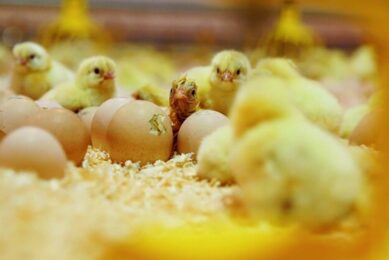ARS studies best method to chill chickens
Agricultural Research Service (ARS) scientists recently compared two poultry carcass chilling methods to determine which better suits processors’ needs.
Food technologists Julie Northcutt and Doug Smith* evaluated the two primary industry methods in terms of meat quality, food safety and water management.
Carcass temperatures must be quickly lowered after poultry slaughter to prevent growth of bacterial pathogens that may cause food-borne illness when consumed. Immersion chilling – chicken carcasses are submerged in tanks of cold water or an ice-and-water mix – is the predominant method now used in the US. Dry-air chilling blasts carcasses with cold air, while evaporative-air chilling combines cold air blasts with water misting. Some poultry processors are beginning to convert to dry-air chilling.
Results
According to the ARS, both immersion chilling and air chilling met criteria for limiting bacterial pathogen growth on carcasses. However, tender chicken is also very important to consumers. During commercial processing, whole carcasses are aged under refrigerated conditions to allow muscle fibres to relax and become tender. Research showed that air chilling led to better quality of breast fillets and provided higher cooked-meat yields than immersion chilling.
Depends on water
In the end, water may be the most important factor in deciding which chilling method may be most feasible in the future. It takes an average of seven gallons of water to process each chicken, and switching to air chilling can save a minimum of one-half gallon per bird. Processors could save about 4.5 billion gallons of water per year if all 9 billion birds processed annually in the US were air-chilled.
To read more about this study, click here.
* Julie Northcutt was formerly with the ARS Poultry Processing and Swine Physiology Research Unit at Athens, and food Doug Smith in the ARS Quality and Safety Assessment Research Unit at Athens.
Related link:
Join 31,000+ subscribers
Subscribe to our newsletter to stay updated about all the need-to-know content in the poultry sector, three times a week. Beheer
Beheer








 WP Admin
WP Admin  Bewerk bericht
Bewerk bericht